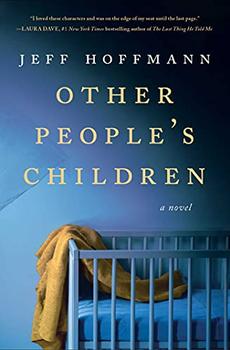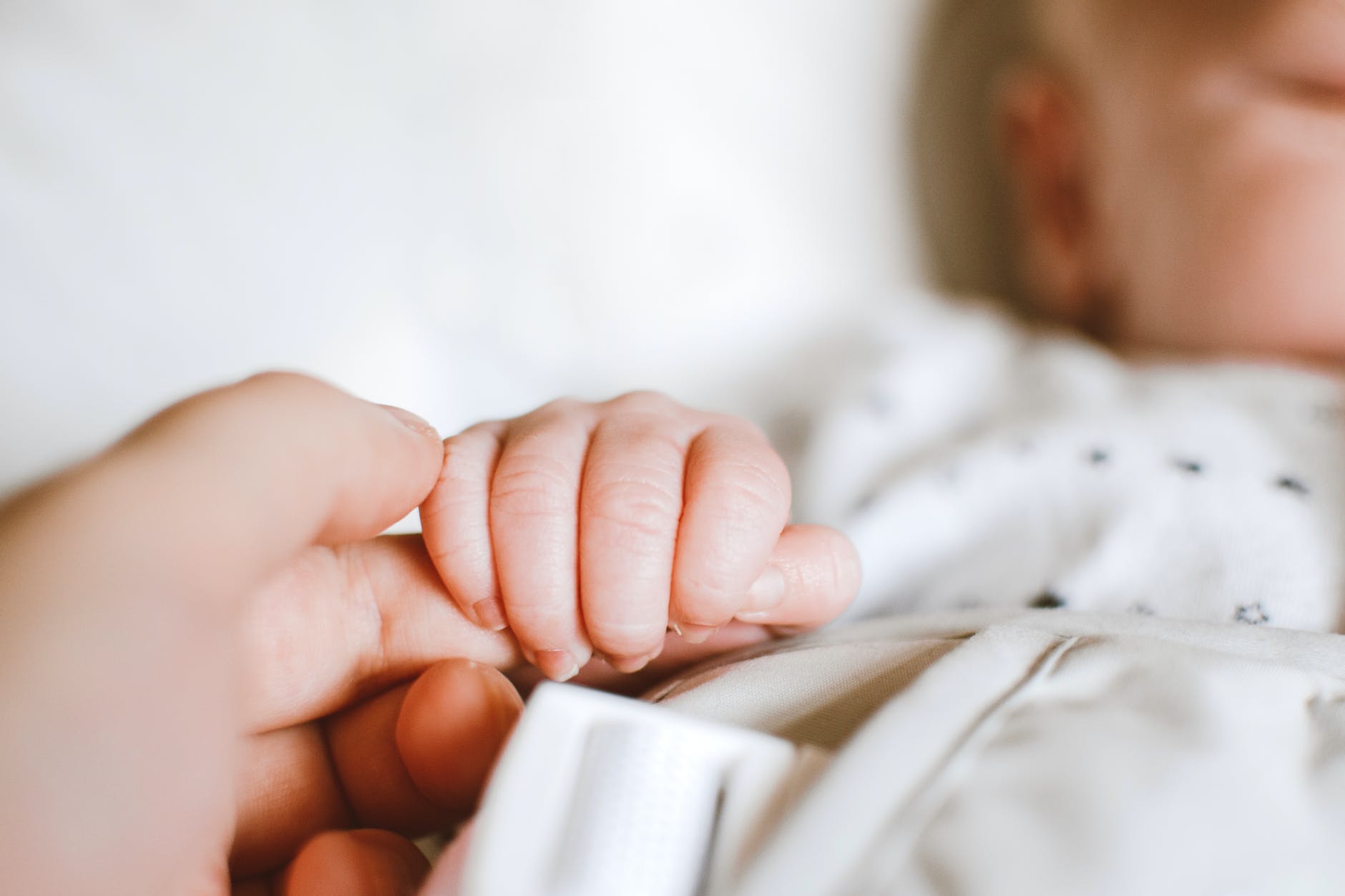Summary | Excerpt | Reading Guide | Reviews | Beyond the Book | Read-Alikes | Genres & Themes | Author Bio

This article relates to Other People's Children
 Around 140,000 children are adopted in the U.S. each year. This equates to nearly 100 million Americans having some experience of adoption within their immediate family. While the process was once shrouded in secrecy and stigma for many, it is much more commonly discussed and celebrated today. In fact, many U.S. agencies now encourage both the biological and adoptive parent(s) to consider engaging in open adoption, and 9 out of 10 birth mothers are now requesting some degree of contact with their child's adoptive parent(s).
Around 140,000 children are adopted in the U.S. each year. This equates to nearly 100 million Americans having some experience of adoption within their immediate family. While the process was once shrouded in secrecy and stigma for many, it is much more commonly discussed and celebrated today. In fact, many U.S. agencies now encourage both the biological and adoptive parent(s) to consider engaging in open adoption, and 9 out of 10 birth mothers are now requesting some degree of contact with their child's adoptive parent(s).
What is an open adoption?
Put simply, there are three main types of adoption — closed, semi-open and open. In the past, nearly all adoptions in the U.S. were closed. This is when there is no contact or information exchanged between a child's birth parent(s) and their adoptive parent(s). With a semi-open adoption, only non-identifying information can be exchanged, with a third party (like an agency or social worker) acting as a go-between when it comes to any contact. With an open adoption, however, identifying information can be shared. This includes names, addresses and contact details, meaning the birth parent(s) can meet and speak directly with the child's adoptive family if they wish, and vice versa.
Why is open adoption generally advised?
It seems most adoption agencies encourage an open approach where possible as it offers both parties the greatest level of flexibility. Indeed, open adoption permits each family to put together their own bespoke agreement, allowing for as much or as little contact as they feel comfortable with. Open communication between birth and adoptive parents can range from letters, photographs, emails and phone calls, to face-to-face meetings and regular visits with the child.
In the U.S., birth mothers retain rights over the child until they sign the form of Final Consent, and it is typically up to them to decide how much contact they wish to have with adoptive families both pre- and post-adoption. An open adoption grants birth mothers the chance to get to know the child's future family, which many believe offers a greater sense of closure and confidence once custody has been exchanged. Other possible benefits include:
Are there cons to an open adoption?
As with any form of adoption, it is not without its potential complications. As explored in R.J. Hoffmann's novel Other People's Children, there are instances where a personal connection between the birth and adoptive parent(s) can exacerbate the pain of any changes of plan throughout the process. Other risks to consider include:
No two adoptions look the same, and decisions must be made on a case-by-case basis. There are many important factors to take into account when choosing the right path, but open adoption helps to smooth the path of a potentially emotionally fraught process for many parents and children.
Filed under Society and Politics
![]() This "beyond the book article" relates to Other People's Children. It originally ran in May 2021 and has been updated for the
April 2022 paperback edition.
Go to magazine.
This "beyond the book article" relates to Other People's Children. It originally ran in May 2021 and has been updated for the
April 2022 paperback edition.
Go to magazine.
Your guide toexceptional books
BookBrowse seeks out and recommends the best in contemporary fiction and nonfiction—books that not only engage and entertain but also deepen our understanding of ourselves and the world around us.